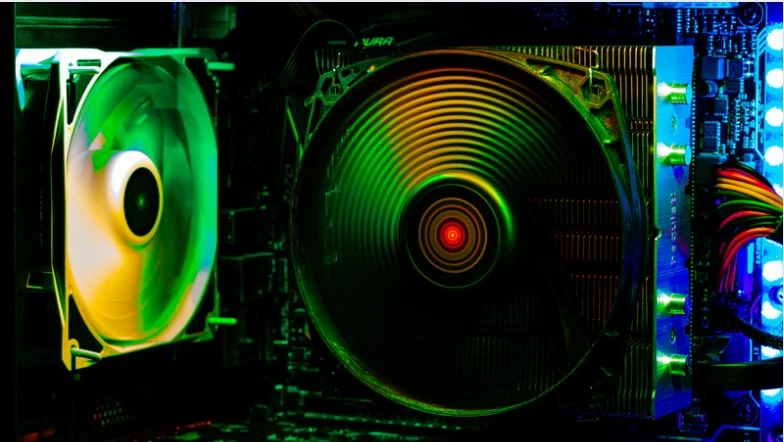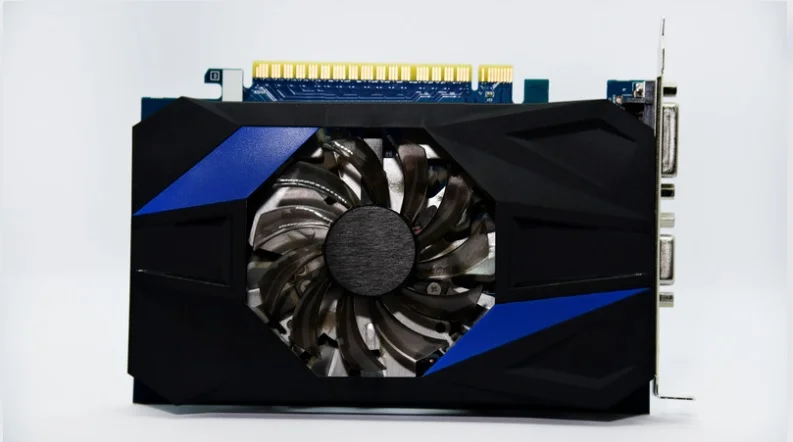The anticipation surrounding Nvidia’s next-generation GeForce RTX 5090 GPU is palpable, with industry insiders and tech enthusiasts eagerly awaiting what promises to be a groundbreaking leap in graphics performance. According to recent reports, including insights from TweakTown and reputable leakers like AGF, the RTX 5090 is poised to deliver the most significant performance boost in Nvidia’s history of consumer GPUs. This article delves into the details and implications of this upcoming powerhouse, exploring its expected capabilities, competitive landscape, and potential impact on the gaming and tech industries.
The Biggest Performance Boost Yet
AGF, a well-known leaker, has resurfaced on social media platform X, claiming that the Nvidia GeForce RTX 5090 will provide the “biggest ever” generation-to-generation performance improvement. Highlighted by RedGamingTech on YouTube, AGF’s tweet suggests that this advancement is a result of the original design of the Blackwell GPUs, intended to rival AMD’s formidable RDNA 4 MCM flagship graphics card. Although AMD has since shifted focus to mid-range RDNA 4, Nvidia’s commitment to the RTX 5000 series remains strong, with the Blackwell architecture set to compete with AMD’s RDNA 5, expected in 2025.
Architectural Innovations
The Blackwell architecture, named after the renowned mathematician David Blackwell, is at the heart of the RTX 5090’s projected performance leap. This new architecture is rumored to incorporate significant advancements in GPU design, optimizing both raw computational power and energy efficiency. While specific technical details remain under wraps, industry speculation points to enhancements in core count, clock speeds, and memory bandwidth.
One of the key innovations expected in the Blackwell architecture is the integration of advanced AI capabilities. Nvidia’s Deep Learning Super Sampling (DLSS) technology has already revolutionized gaming graphics by using AI to upscale lower-resolution images, providing near-native resolution quality with improved frame rates. The RTX 5090 is anticipated to feature DLSS 3.5, further refining this technology and potentially introducing new AI-driven enhancements.
Competitive Landscape
The release of the RTX 5090 comes at a pivotal moment in the competitive landscape of graphics cards. AMD’s decision to abandon the high-end RDNA 4 MCM flagship has opened a window of opportunity for Nvidia to solidify its dominance in the high-performance GPU market. However, AMD’s RDNA 5, slated for release in 2025, promises to be a formidable competitor.
Nvidia’s Strategy
Nvidia’s strategy with the RTX 5090 appears to be focused on delivering unmatched performance and setting a new benchmark for gaming and professional graphics. The rumored 70% performance increase over the RTX 4090 is a testament to this ambition. This substantial boost would not only make the RTX 5090 the most powerful consumer GPU ever released but also ensure its relevance and competitiveness against upcoming AMD offerings.

Potential Specifications and Features
While Nvidia has yet to release official specifications for the RTX 5090, several key features and enhancements are expected based on industry rumors and the trajectory of previous GPU advancements.
Enhanced Core Count and Clock Speeds
The RTX 5090 is likely to feature a significant increase in CUDA cores, the parallel processors responsible for handling complex graphical computations. This increase in core count, combined with higher clock speeds, would enable the RTX 5090 to process more data simultaneously, resulting in faster and more efficient performance.
Expanded Memory and Bandwidth
Memory capacity and bandwidth are crucial factors in determining a GPU’s performance, particularly in handling large textures and complex graphical scenes. The RTX 5090 is expected to come equipped with a larger memory capacity, potentially up to 24GB or more of GDDR6X memory, along with a wider memory bus to increase bandwidth. This would facilitate smoother gameplay at higher resolutions and with more detailed textures.
Advanced AI and Ray Tracing
Building on the success of its predecessors, the RTX 5090 will likely feature enhanced AI capabilities and ray tracing performance. DLSS 3.5, as previously mentioned, is expected to deliver superior image quality and frame rates by leveraging AI to intelligently upscale images. Additionally, improvements in ray tracing technology will provide more realistic lighting, shadows, and reflections, further enhancing the visual fidelity of games and applications.
Energy Efficiency and Thermal Management
Despite the anticipated increase in performance, Nvidia is also expected to focus on improving the energy efficiency and thermal management of the RTX 5090. Advances in manufacturing processes, such as a potential shift to a smaller nanometer process, could reduce power consumption and heat generation, allowing for more efficient cooling solutions.
Release Timeline and Market Impact
According to reports, the RTX 5090 is currently in the qualification phase and may be released in the fourth quarter of 2024. This timeline positions the RTX 5090 to capitalize on the holiday season, traditionally a peak period for tech sales.
Impact on Gaming and Professional Applications
The RTX 5090’s release is expected to have a profound impact on both gaming and professional applications. For gamers, the promise of a 70% performance increase over the RTX 4090 means higher frame rates, smoother gameplay, and the ability to run the latest titles at ultra-high settings and resolutions. This could drive a wave of upgrades among enthusiasts and competitive gamers seeking the best possible performance.
In professional fields such as content creation, 3D rendering, and scientific computing, the RTX 5090’s enhanced capabilities will enable faster processing times and more efficient workflows. Tasks that require significant computational power, such as video editing, animation, and AI research, will benefit from the increased performance and advanced features of the RTX 5090.
Pricing and Availability
While pricing details for the RTX 5090 have not been officially announced, it is expected to follow the premium pricing structure of previous high-end Nvidia GPUs. The combination of cutting-edge technology and significant performance improvements will likely justify a higher price point. However, the value proposition for users who require top-tier performance will be compelling.
Conclusion
The Nvidia GeForce RTX 5090 is shaping up to be a landmark release in the world of graphics cards, offering the largest generation-to-generation performance boost in Nvidia’s history. With its advanced Blackwell architecture, enhanced AI capabilities, and substantial improvements in core count, clock speeds, and memory, the RTX 5090 is poised to set new standards for gaming and professional graphics.
As the release date approaches, the excitement and speculation surrounding the RTX 5090 continue to build. For gamers, content creators, and tech enthusiasts, the RTX 5090 represents the next frontier in graphics performance, promising to elevate the visual experience and redefine what is possible with consumer GPUs. Whether for gaming at the highest settings, creating stunning visual content, or conducting complex computational tasks, the Nvidia RTX 5090 is set to deliver unparalleled performance and innovation.









